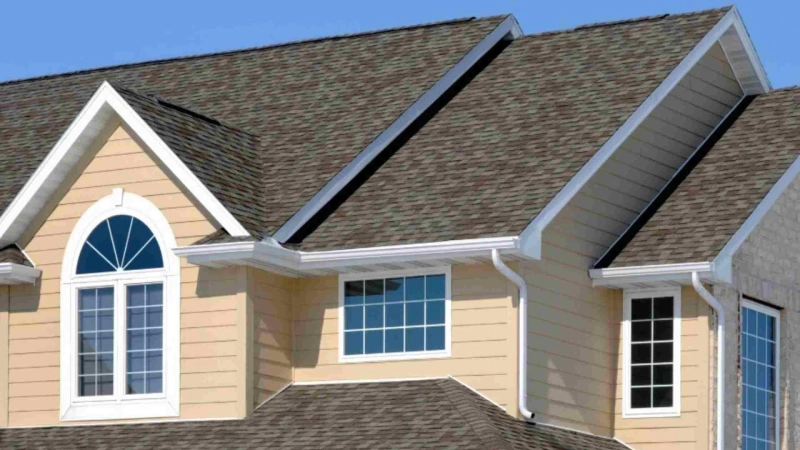If you\'re embarking on a siding project, you might find yourself in a dilemma: Can you use roofing nails for siding? It\'s a question that DIY enthusiasts and even some professionals ponder, especially when supplies are running low, or the hardware store is out of the preferred nails. Let\'s dive into this topic and explore whether swapping roofing nails for siding is a viable option.
Understanding the Difference: Roofing Nails vs. Siding Nails
Before we delve into the debate, let\'s distinguish between roofing nails and siding nails. Roofing nails are primarily designed for, you guessed it, roofing projects. They are typically longer and have a larger head compared to regular nails. Siding nails, on the other hand, are specifically engineered for securing siding materials to the exterior of a building. They are shorter and often feature a ringed or spiral shank for enhanced grip.
Can You Use Roofing Nails for Siding?
Now, back to the burning question: Can you use roofing nails for siding? While it might be tempting to use whatever nails are available, it\'s essential to consider the implications. Roofing nails, designed for a different purpose, may not provide the same level of security and durability when used for siding installation. The shorter length and smaller head of siding nails are better suited for attaching siding materials without risking damage or improper fastening.
The Risks of Using Roofing Nails for Siding
While it\'s technically possible to use roofing nails for siding, it\'s not recommended for several reasons:
Limited Holding Power: Roofing nails may not penetrate siding materials deep enough to provide adequate support, leading to loosening and potential failure over time.
Potential Damage: The larger head of roofing nails can cause splitting or cracking in siding materials, compromising their integrity and aesthetic appeal.
Corrosion Concerns: Siding nails are often coated or made from corrosion-resistant materials to withstand exposure to the elements. Using roofing nails, which may not have the same protective properties, could lead to premature rusting and degradation.
Building Code Compliance: Many building codes and regulations specify the types of fasteners approved for siding installation. Deviating from these guidelines by using roofing nails could result in failed inspections or even legal issues down the line.
Best Practices for Siding Installation
To ensure a successful siding project, it\'s best to follow these recommendations:
Use the Right Nails: Invest in high-quality siding nails specifically designed for the job. They may cost a bit more upfront, but they\'ll provide peace of mind and long-lasting performance.
Follow Manufacturer Guidelines: Consult the manufacturer\'s instructions for your siding materials to determine the recommended fasteners and installation techniques.
Proper Installation: Take your time to properly install siding, ensuring each piece is securely fastened and aligned according to the manufacturer\'s specifications.
Conclusion
While the temptation to use roofing nails for siding may arise in a pinch, it\'s best to resist the urge. Opting for the right nails designed for siding installation ensures a sturdy, long-lasting result that enhances the beauty and durability of your home exterior. By following best practices and using the appropriate materials, you\'ll achieve a professional finish that stands the test of time.


